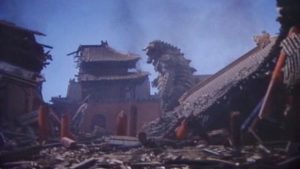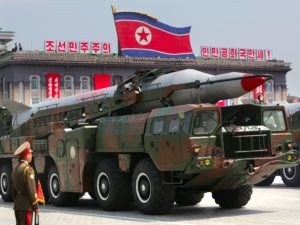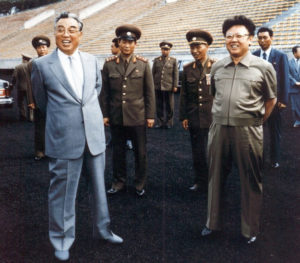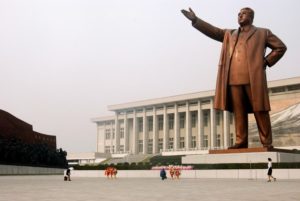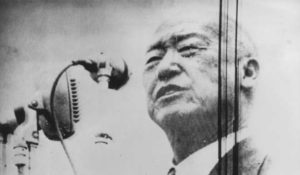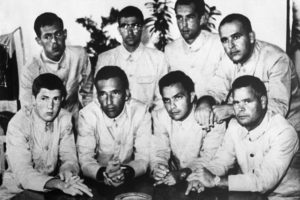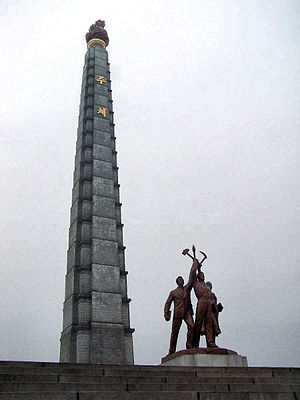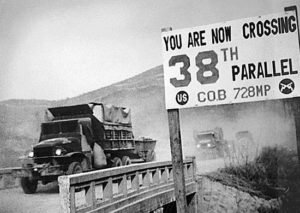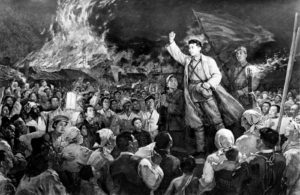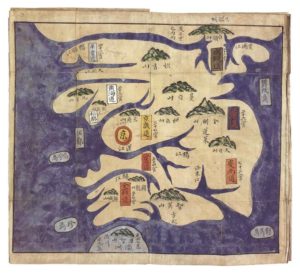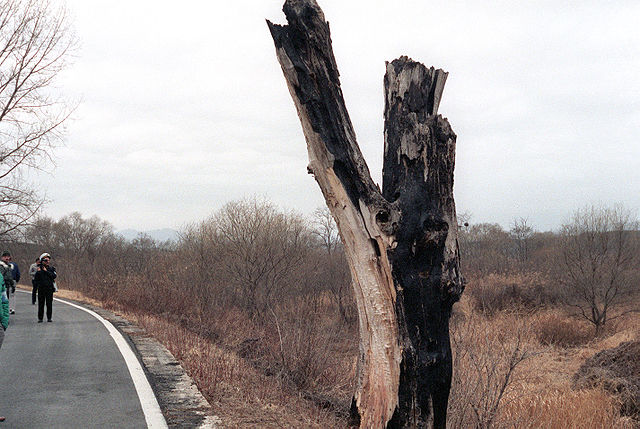This week we close out our look at North Korea with three different scenarios for the future: War, reform, and reunification. None of the these futures are good. A war would kill millions. Reform could entrench a brutal dictatorship. Reunification could create an impoverished underclass in a new Korea for a generation.
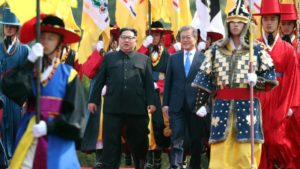
Podcast: Play in new window | Download
Subscribe: RSS
